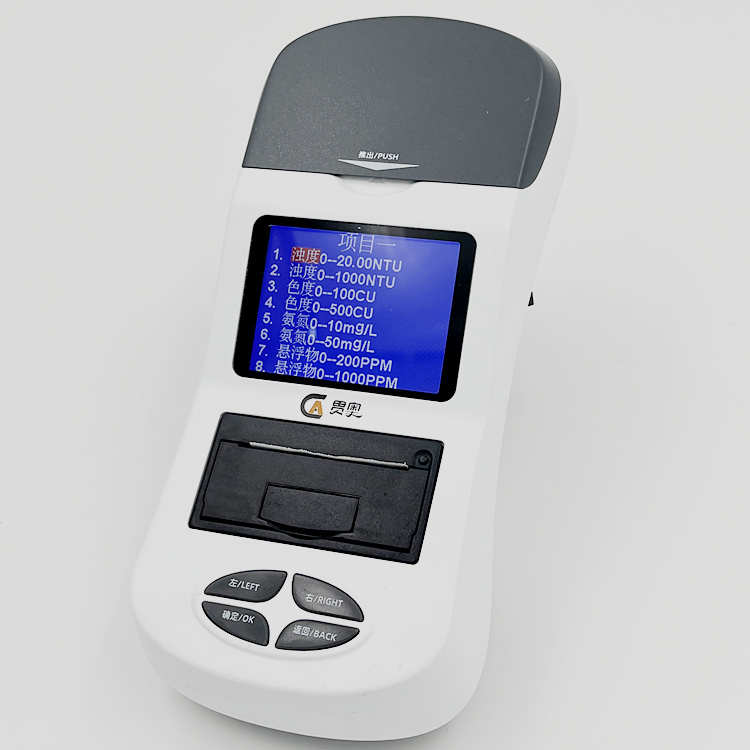Multi-parameter water quality analyzer is an important water environment monitoring instrument, which is widely used in the monitoring and analysis of tap water, groundwater, rivers, lakes, oceans and other water bodies. In addition to the daily need for water quality testing in the laboratory, sometimes you need to go to the scene to test the water quality. The use of multi-parameter water quality detector in the field, the matters needing attention are slightly different from those in the laboratory.

Precautions for multi-parameter water quality analyzer in the field:
1. Protective equipment: Multiparameter water quality analyzers are usually relatively precise instruments that are susceptible to external environmental influences. Therefore, special attention should be paid to protecting the equipment during use. Firstly, it is important to avoid situations such as collisions, falls, and squeezing, as these can all lead to equipment damage. Secondly, it is also important to avoid allowing the equipment to enter or become contaminated with water, as this can lead to equipment damage or even short circuits.
2. Keep the equipment dry: Multiparameter water quality analyzers usually require the use of batteries or external power supplies, so it is important to pay attention to keeping the equipment dry during use. If the equipment is flooded or contaminated with water, it may cause problems such as circuit short circuits and battery leakage. Therefore, it is important to avoid contact with water or rainwater during use.
3. Correct operation: When using a multi-parameter water quality analyzer, it is necessary to follow the operating steps in the manual. If you are not familiar with the usage of the equipment, you can practice it in advance or seek professional guidance. During use, it is important to operate gently and not use excessive force to avoid damaging the equipment.
4. Attention to safety: When using a multi-parameter water quality analyzer in the field, it is necessary to pay attention to one's own safety. For example, when sampling, it is important to pay attention to a safe distance, avoid standing in hazardous locations, and avoid contact with hazardous substances. If you need to enter the water for sampling, wear protective equipment such as waterproof clothing and anti-skid shoes to ensure your own safety.
5. Cleaning equipment: After use, it is necessary to clean the equipment in a timely manner. You can use clean water or professional cleaning solution for cleaning. Be careful not to use acidic or alkaline solutions for cleaning to avoid corrosion of the equipment. At the same time, it is also important to wipe the equipment dry with a clean cloth or tissue to avoid leaving water stains or residue.
6. Proper storage: After use, the equipment needs to be properly stored. If not used for a long time, the battery can be removed to prevent battery leakage and damage to the equipment. At the same time, it is also necessary to place the equipment in a dry, ventilated, and temperature appropriate place to extend its lifespan. If it is necessary to store the equipment for a long time, it can also be placed in a moisture-proof box to avoid dampness.
Overall, the use of multi-parameter water quality detectors in the field requires special attention to equipment protection and dryness, correct operation of equipment, attention to personal safety, timely cleaning of equipment, and proper storage. These measures can ensure the normal use of the equipment and extend its service life.



